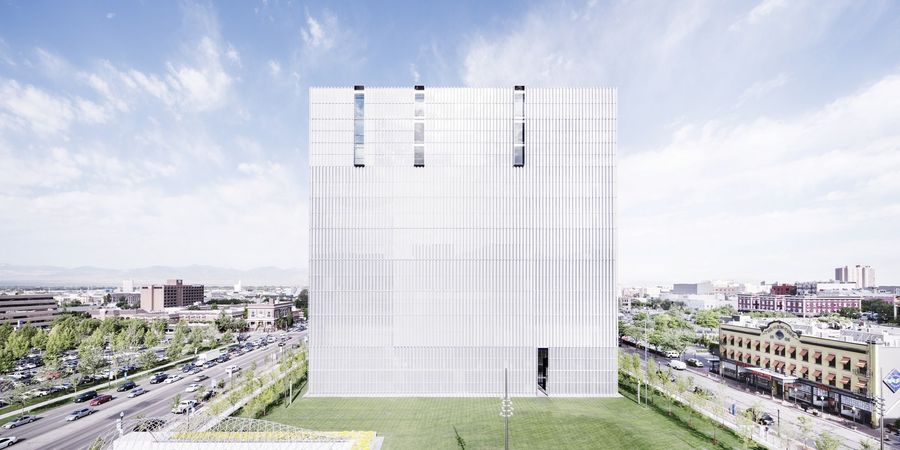Today I took 2 hours of online continuing education credits (CEU’s). Taking a certain number of these every year is required to maintain one’s architecture license. Somehow, despite yearly resolutions to spread them out over the year, I always wind up doing them all in December.
The two I took today were thought-provoking in a kind of indirect way. Both were about sustainable design and the need to have metrics that allow for actual reductions in greenhouse gas emissions instead of just trying to reduce them compared to the standard (ASHRAE 90.1). LEED v4 takes a more nuanced approach to energy, giving credits for things like letting other people put solar panels on your roof and taking the nature of the local power grid into account, which determines whether reducing energy cost (per 90.1) reduces or increases carbon.
This is obviously very important, but as the standards becomes more complex, satisfying them in architects’ designs either takes more of their time or causes them to share our fees with more specialized consultants. Both serve to reduce the time available for design and will eventually cause its devaluation in the profession and the schools, if it hasn’t done so already.
This illustrates the idea developed throughout this blog that performance-based design (simulation) and embodying ideas in architecture (representation) are at odds. It’s unconscionable to oppose performance standards that are aimed at combating climate change and resource scarcity. On the other hand, if these pursuing these goals competes with the expression of ideas for time and resources, then we’re heading for the end of architecture as we’ve known it in the West since the Renaissance.
This is in part a practical problem that could be solved by increasing the resources devoted to design, an unlikely prospect in this country at least. But I think it also involves a shift in the values architects bring to their work. If architects spend so much time pursuing performance goals for sustainability or anything else, their values are likely to change to make the pursuit of enhanced performance essential to architecture. I think we can already see this happening.
